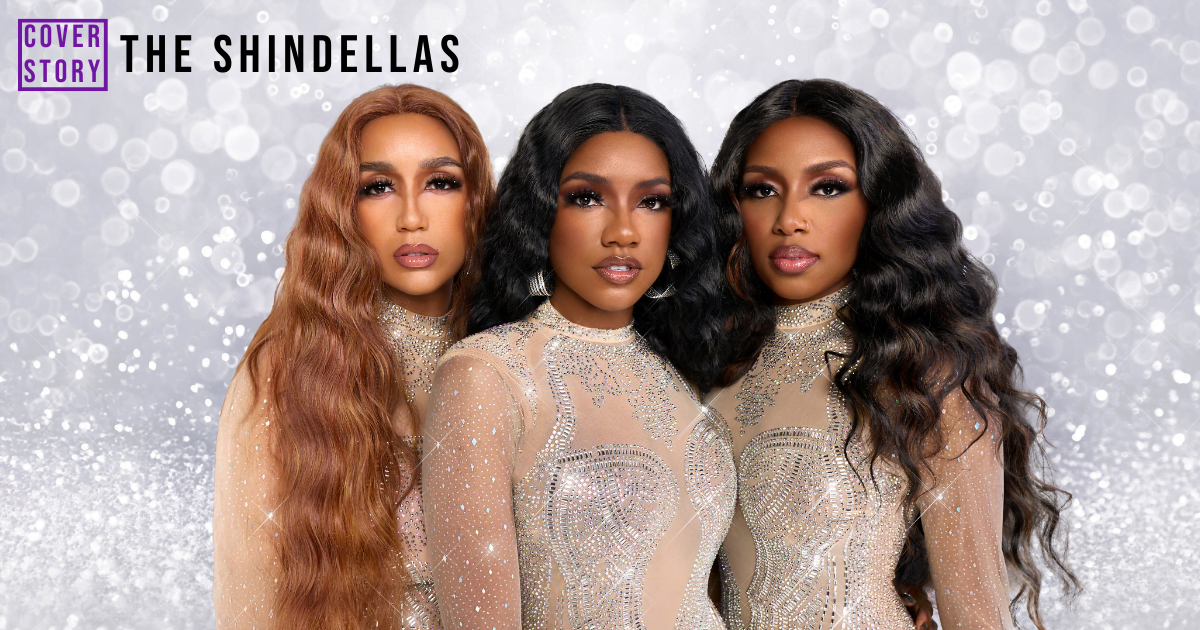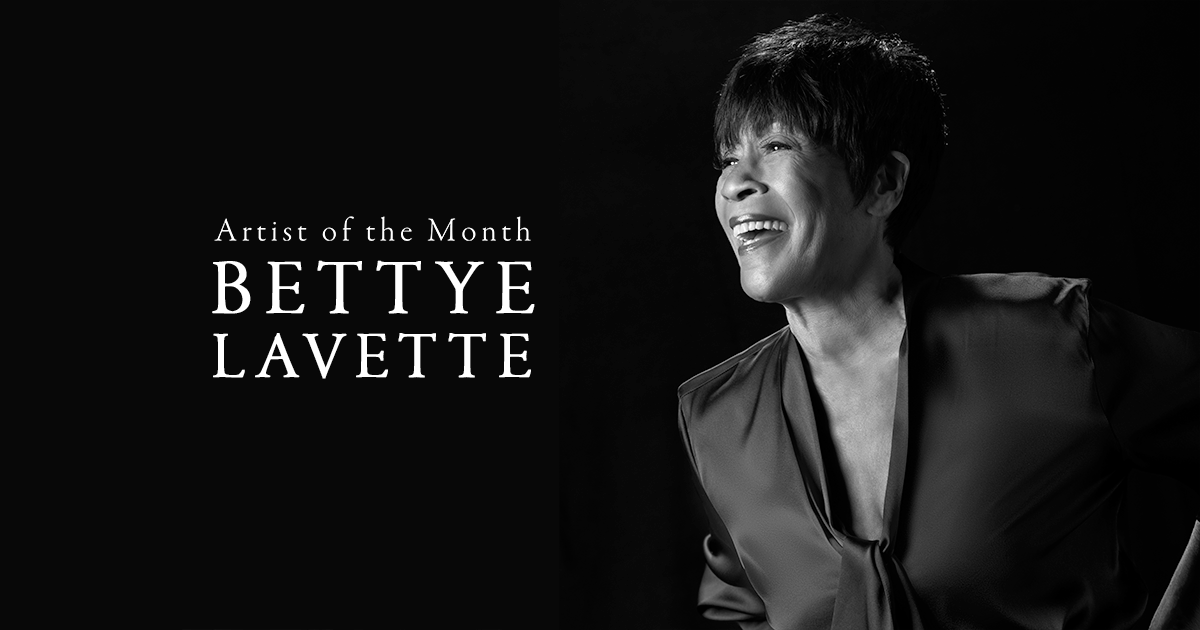There’s no group around who either looks or sounds like The Shindellas, a trio who’ve shown they can charm audiences in every setting – from a New Year’s Eve party hosted by Nashville’s top urban contemporary radio station, 92Q, to a Grand Ole Opry crowd on a Tuesday night. Kasi Jones, Tamara Chauniece, and Stacy Johnson exude confidence, charm, and poise with very specific and thoughtful outlooks not only about their music, but also the messages they want their fans to get from their songs.
“We embrace the term girl group,” Kasi said, when asked if they found the term outdated or demeaning when used in 21st century conversation. “We’re always been about empowering women and girls, expressing strength and unity in our songs about love and life, and telling the truth. We view ourselves as expressing the term in every positive sense.”
They’ve been operating since 2017 in the town of Franklin, 20 miles south of Nashville. The trio arrived to become part of Weirdo Workshop, a company started by the writing/production duo of Claude Kelly and Chuck Harmony, Louis York. Their versatility and flexibility in working with artists – such as Mary J. Blige, Miley Cyrus, and Bruno Mars – and in particular women artists, all who come from vastly different places, has worked well. The Shindellas credit Kelly and Harmony with, among other things, providing them their unique name.
“It was definitely Claude and Chuck’s idea,” added Tamara. “We wanted a name that sounded fresh and generated excitement, as well as one that didn’t sound like anything else out there at the time.”
The Shindellas also emphasize and celebrate the collective, both as performers and songwriters. There is no lead vocalist by definition and each one doesn’t even consider that possibility. This is the ultimate trio, one whose harmonies and polish are pinpoint, yet there’s no hint of the tedium or boredom that might come from a group who’s overly rehearsed. The emphasis and focus on originality in performance, ethos, look, and viewpoint is also a reflection of the fact that all three have their own backstories of dissatisfaction – with things that they’ve witnessed and/or encountered, in terms of the music business. Stacy Johnson once worked with a family-operated music company in Chicago, before moving on to doing vocals on dance tracks, plus a brief tenure in a girl group where she quickly departed over concerns about how she was being asked to present herself. She was intrigued by Harmony’s idea of creating a trio whose members valued respect in every aspect of their treatment and presentation.
Jones had seen some of the worse aspects of predator behavior in Los Angeles after she’d previously done musical theater and booked her own overseas tours as a contemporary soul artist. When she made a visit to the Workshop and was impressed by the treatment and attitudes, she knew she’d found what she wanted. Chauniece had been a child gospel singer working on the Texas circuit with her mother managing her. She got a temporary boost in exposure and stature from being on the fifth season of The Voice, but was uncomfortable with the notion of getting lost on a major label. Both the Workshop and the trio’s other two members proved an ideal fit.
The Shindellas have definitely been expanding their fan base and earning more acclaim over the past few years. Their 2019 EP Genesis created some buzz and more followed their 2021 full-length debut, Hits That Stick Like Grits. In addition, their elegant and elaborate stage shows drew raves for being classy, yet also enticing. But their latest, Shindo, which was released in October, has given them the industry boost always vital for acts that are still building a base. It’s given them their first radio hit with “Last Night Was Good For My Soul,” an energetic, superbly sung party tune that reached the Top 10 on the Billboard Adult R&B airplay chart. It was also the first one where they got an assist from an outside partner, as the Nashville indie label Thirty Tigers helped propel the single forward.
View this post on Instagram
Shindo is also a great spotlight for the group’s stylistic versatility. While their links to such vintage girl groups as The Supremes and The Pointer Sisters can clearly be heard, they’ve also got their own vibrant, engaging, and special sound.
For instance, the single “Up 2 You” demonstrates their ability to excel within a groove-dominated work, while “Kiss N’ Tell” has an edge in its discretion-demanding narrative, and “Juicy” has a sassy, naughty tone. The “Juicy” video also generated plenty of attention for its inclusion of Kasi Jones reading Angela Davis’ volume, Women, Race & Class.
Still, while they never expressly embrace the notion of a lead or front vocalist, at times, some songs do spotlight individual members talents. Jones’ facility with verbal improvisation emerges in “Last Night Was Good For My Soul” as one example. Yet, the notion of any one vocalist exiting the unit – in the manner that Diana Ross did the Supremes or like Bonnie Pointer departing her sisters – doesn’t seem on the horizon.
While Nashville has long had a reputation for not exactly welcoming artists of color that don’t fit into very specific genres or formats, the Shindellas are quick to praise Music City as being highly supportive of their music. “Nashville has welcomed us with open arms,” Johnson says. “We’ve never been treated with anything other than warmth and respect, and that’s whether we’re talking about the Opry, urban contemporary radio, fans, it’s just been wonderful.”
The trio has some ambitious plans and hopes for 2024 and beyond, our interview being completed just before the end of 2023. Most notably, they have some potential European and international tours upcoming. “I’d love to see us get some of our music into some films down the line,” Johnson continues. “We’d love to do more shows around Nashville,” chimes in Tamara. “Especially the Ryman, and we’re also thrilled to be appearing at the New Year’s Eve Party sponsored by 92Q!”
“We also are going to be doing more songwriting and collaborating [in 2024],” concluded Jones. “We really want to not only build a lasting legacy as performers, but also contribute as songwriters. We’ve all got backgrounds in other styles and we bring those influences into our performances. We’ve also got ideas for songs that we’ve been working on. I predict that people are really going to be pleased with what they hear from us, and we’re determined to make 2024 an even bigger year for the Shindellas.”
Photo Credit: Ezelle Franklin

